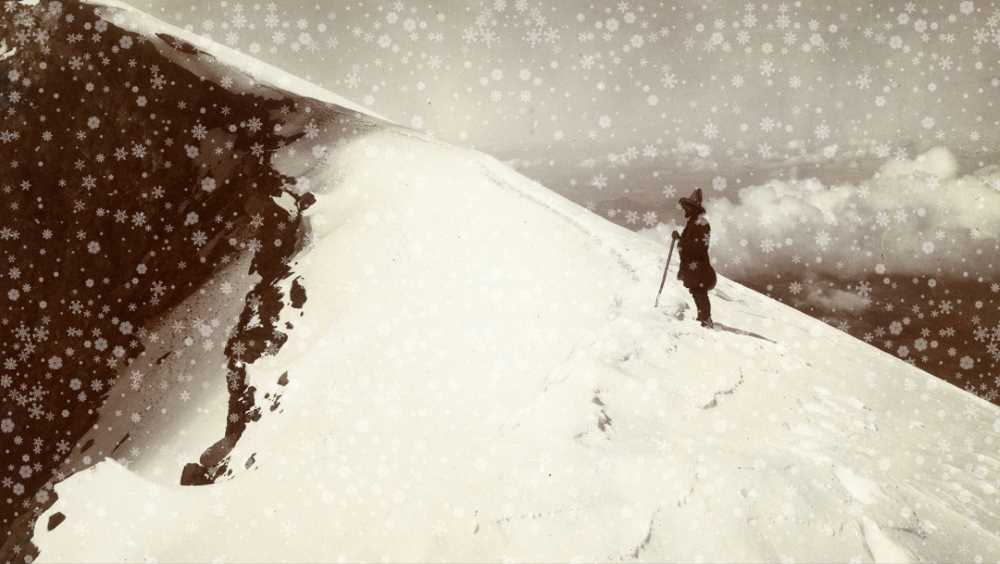The Cool Economics of Colonial Ice Monopoly
In the sweltering heat of colonial cities, the ice monopoly, was far more than a historical footnote. This state-sanctioned enterprise satisfied not just sweet cravings but also met critical health needs, especially during epidemics like yellow fever.

In the sweltering heat of colonial cities, a peculiar industry thrived—one that seems almost whimsical to the modern mind, but was a serious business affair back in the day. This was the trade of natural ice, an essential element in creating delicious, refreshing treats like aguas frescas and flavored ice creams. But beyond satisfying the collective sweet tooth, the “estanco de la nieve”—the ice monopoly—played a significant role in the colonial economy and public health. Let's delve into this frosty world that teetered between supply and demand, involved hazardous treks up mountains, and even played a role in combating epidemics like yellow fever.
To regulate the booming demand for ice, colonial authorities established the “estanco de la nieve,” a monopoly that controlled its production, distribution, and sale. In a unique twist, unlike other resource monopolies typically managed by viceregal authorities, the administration of the ice business was mostly left to private individuals. This was primarily due to the seasonality of ice sales, soaring in the summer and plummeting in the winter, making it a less reliable revenue stream for the Royal Treasury.




